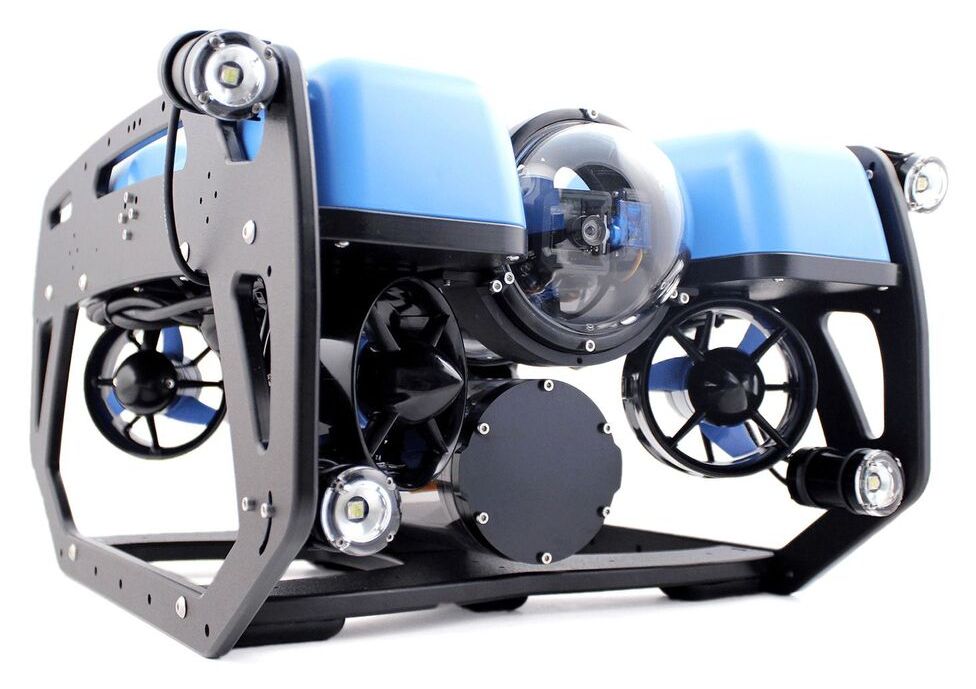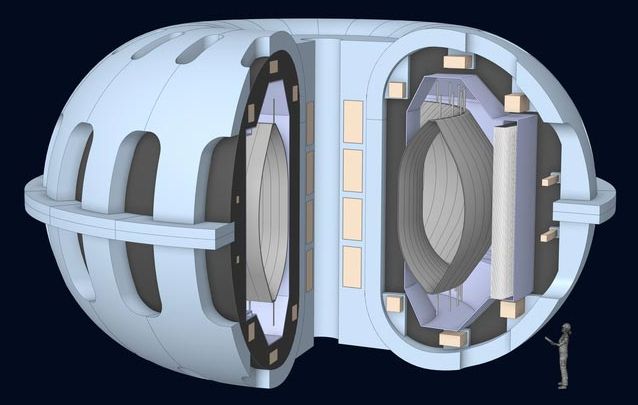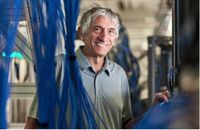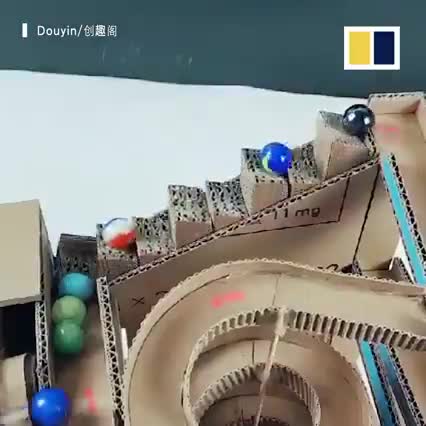It sounds too good to be true, a vaccine that can protect against future virus variants. But governments around the world are keen to learn more.
I still don’t get how there seems to be No organized effort anywhere to achieve the ability to 3D print a perfect genetic match of all organs by 2025 — 2030. You would think some government somewhere would want to work round the clock on this.
NIBIB-funded engineers at the University of Buffalo have fine-tuned the use of stereolithography for 3D printing of organ models that contain live cells. The new technique is capable of printing the models 10–50 times faster than the industry standard-;in minutes instead of hours-; a major step in the quest to create 3D-printed replacement organs.
Conventional 3D printing involves the meticulous addition of material to the 3D model with a small needle that produces fine detail but is extremely slow —taking six or seven hours to print a model of a human part, such as a hand, for instance. The lengthy process causes cellular stress and injury inhibiting the ability to seed the tissues with live, functioning cells.
The method developed by the SUNY Buffalo group, led by Rougang Zhao, PhD, Associate Professor of Biomedical Engineering in the Jacobs School of Medicine & Biomedical Sciences, takes a different approach that minimizes damage to live cells. The rapid, cell friendly technique is a significant step towards creating printed tissues infused with large numbers of living cells.
We have everything we need here Especially in Texas no one ever needs to freeze again if they come out of the Fossil Fuel stone age.
The idea is that when electric vehicles are not in use, the energy stored in their batteries is going to waste. If you make it possible for that energy to feed back into the grid, then it can help balance out dips in supply as renewables go offline, rather than relying on fossil-fuel plants to pick up the slack.
The technology that can make that happen is still in its infancy, though. When an electric vehicle is charged, the alternating current from the grid is converted to direct current that can be stored in its batteries. But most charging stations and cars don’t have the hardware to allow this process to run in reverse, meaning the power can’t be fed back into the grid.
That’s starting to change, though, and a city in the Netherlands is leading the charge. In the last two years Utrecht has installed nearly 500 bi-directional charging stations and is positioning itself as one of the world’s leading test beds for the technology.
Blue Robotics, a leading developer of marine robotics systems and components, has partnered with Unmanned Systems Technology (“UST”) to demonstrate their expertise in this field. The ‘Silver’ profile highlights how their underwater ROVs (remotely operated vehicles), thrusters and accessories enable a wide range of missions for commercial, research and exploration applications.
The BlueROV2 is a high-performance, highly configurable ROV designed for underwater inspections, research and ocean exploring. With open-source hardware and software, the platform features an unprecedented level of flexibility and expandability, allowing users to easily make improvements and upgrades to take on a huge variety of missions down to depths of 100m (330 feet).
The ROV incorporates six Blue Robotics T200 thrusters in a vectored configuration, delivering excellent thrust-to-weight ratio and providing the ability to move precisely in any direction. The system can be expanded to eight thrusters via a Heavy Configuration Retrofit Kit, and features adjustable gain levels for precision control at extremely low speeds as well as high power to overcome currents and carry heavy loads. The BlueROV2 is provided with a Fathom ROV tether, with available length options from 25m (82 ft) up to 300 m (984 ft).
How an MIT engineering course became an incubator for fusion design innovations.
“There is no lone genius who solves all the problems.”
Dennis Whyte, director of the Plasma Science and Fusion Center (PSFC), is reflecting on a guiding belief behind his nuclear science and engineering class 22.63 (Principles of Fusion Engineering). He has recently watched his students, working in teams, make their final presentations on how to use fusion technology to create carbon-free fuel for shipping vessels. Since taking on the course over a decade ago, Whyte has moved away from standard lectures, prodding the class to work collectively on finding solutions to “real-world” issues. Over the past years the course, and its collaborative approach to design, has been instrumental in guiding the real future of fusion at the PSFC.
John Martinis has done groundbreaking research on coherent superconducting devices since his PhD at the University of California, Berkeley, in 1985. These superconducting devices can be modeled as lumped-element electric circuits using Josephson junctions, capacitors and inductors as components. The fact that a superconducting phase across a Josephson junction can display coherent quantum behavior – even though it is a property of the wave function of an immense number of electrons – can be viewed as a fundamental discovery [1], kickstarting, in retrospect, the field of superconducting quantum computing.
John Martinis invented and developed the superconducting phase qubit, based on a current-biased Josephson junction, for the purpose of scalable multi-qubit quantum computing [2]. In 2002, he first demonstrated coherent Rabi oscillations and quantum measurement for such superconducting phase qubit [3]. He has had a longstanding interest in understanding the origin of noise in superconducting electric circuits as these sources of noise naturally limit qubit coherence. In particular, his understanding of noise sources such as dielectric loss, flux noise and the presence and dynamics of quasi-particles [4], by means of simple physical models, have been instrumental in the field. The effect and mitigation of quasi-particles and how they are affected by radiation and cosmic rays continues to be of high interest for the future of superconducting quantum devices [5, 6].
An important step showing his leadership and commitment to building a quantum computer came with his 2014 move, as a Professor at UCSB, to Google, where he gathered a large team of physicists and engineers to tackle the challenge of making a multi-qubit programmable processor. This team has excelled in its relentless focus on optimizing device performance by implementing successful engineering choices for qubit design, couplers and scalable I/O.
Click on photo to start video.
Tetris, Flappy Bird… This cool dad turns video games into real-life toys.
Local media reports quoted Wang as saying that artificial intelligence, 6G, quantum technology, driverless vehicles, intelligent networks and other “frontier areas” would be the focus of Shenzhen’s investment plans, while the value of its digital economy would account for more than 31 per cent of GDP by 2025.
Money will be used to support innovation in core technologies, city’s Communist Party chief Wang Weizhong says.
The aircraft can lift up to 2722 kg with unmatched performance in hot and high conditions.
Kaman Air Vehicles performed the maiden flight with the world’s first heavy-lift unmanned helicopter for the commercial market, the K-MAX TITAN, last month.
Kaman’s K-MAX helicopter has been flying unmanned cargo missions for US forces in Afghanistan for roughly a decade now. Now, the company is introducing a commercial version to the market.
With a focus on enabling safety and operational efficiency, the unmanned helicopter will redefine the helicopter external lift market by increasing future mission capabilities in any location and any type of weather. This is made possible thanks to the so-called autonomous Near Earth Autonomy’s sensor-based autonomy suite.
A team of Chinese physicists are making some serious progress in the field of quantum mechanics. Recently, this team has measured the speed of quantum entanglement – more affectionately known as “spooky action at a distance”, as Einstein called it.
To summarize quantum entanglement, two or more particles are entangled, which means they share the same wave form. The more technical definition is: “Quantum entanglement occurs when particles such as photons, electrons, molecules as large as buckyballs, and even small diamonds interact physically and then become separated; the type of interaction is such that each resulting member of a pair is properly described by the same quantum mechanical description (state), which is indefinite in terms of important factors such as position, momentum, spin, polarization, etc.”
When most people describe this interesting process, they’ll describe the information transfer as ‘instantaneous’ or ‘near-instantaneous’. Several research teams have attempted to measure the actual speed seen in the transfer of information in entangled systems, but have failed in one way or another, usually resulting from flawed methodology dealing in quantum nonlocality.









